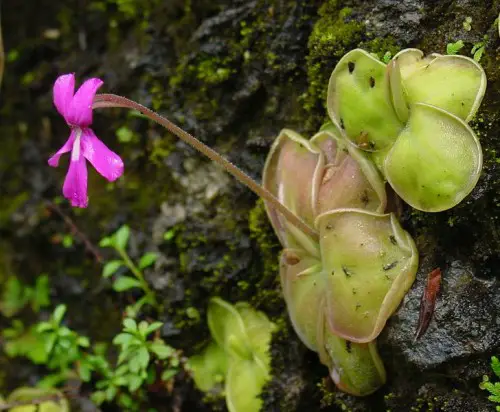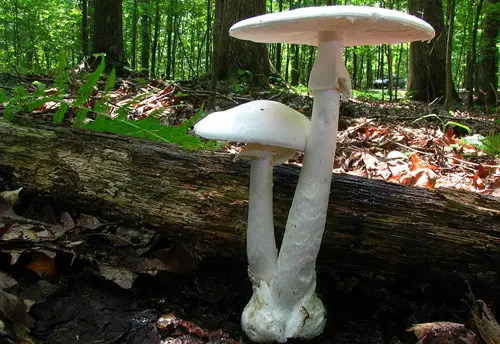Amanita muscaria
Also known as the fly Agaric or the fly Amanita, the Amanita muscaria is a poisonous and psychoactive basidiomycete fungi, which is one of many in the genus Amanita. There are several subspecies, and each of them have a different cap color. These include the yellow-range flavivolata guessowii, formosa, the pink persicina, and the brown regalis (although it is now considered a separate species).
The Amanita muscaria is native throughout the boreal and temperate regions of the Northern Hemisphere. It has also been unintentionally released into many countries in the Southern Hemisphere, usually with pine plantations. It is now a cosmopolitan species. It is associated with many coniferous and deciduous trees. It looks like the quintessential toadstool as it is large, white gilled, white spotted, and deep red.
Fly Agaric’s are one of the most recognizable and widely encountered in popular culture. They have been featured in children’s books, film, garden ornaments, greeting cards, and computer games. This toadstool is associated with the famous book turned movie, Alice in Wonderland; the mushroom in Super Mario Bros., and more. It is also known as the mushroom of flies from due to Albertus Magnus’ work in De vegetabilibus where he stated, “It is called the mushroom of flies, because crushed in milk it kills flies”.
Although it is considered poisonous, deaths from eating this mushroom is quite rare. It is fit for human consumption after it is parboiled in water and features in North American, Asian, and European dishes. Nowadays, this toadstool is famous for its hallucinogenic properties as it contains the psychoactive compound, muscimol. In Siberia, it is used as both an entheogen and an intoxicant and has religious significance by the peoples of Siberia. There has been a lot of speculation about the traditional use of this mushroom as an intoxicant other than in Siberia, however these traditions are not well documented. R. Gordon Wasson, an American Banker and amateur ethnomycologist proposed that the fly agaric was the Soma that was discussed in the ancient Indian Rig Veda texts. This particular theory has gained both followers and detractors in anthropological literature.
Poisoning via the Amanita muscaria usually occurs in young children or people who are consuming it to have a hallucinogenic experience. Sometimes immature mushroom buttons of the Amanita muscaria have been mistaken for edible puffballs. In addition, during heavy rainfalls, the white spots will be rushed away and they can then appear similar to the A. caesarea which is actually edible. Fatal doses of this mushroom will be calculated at consuming about 15 mushroom caps.




